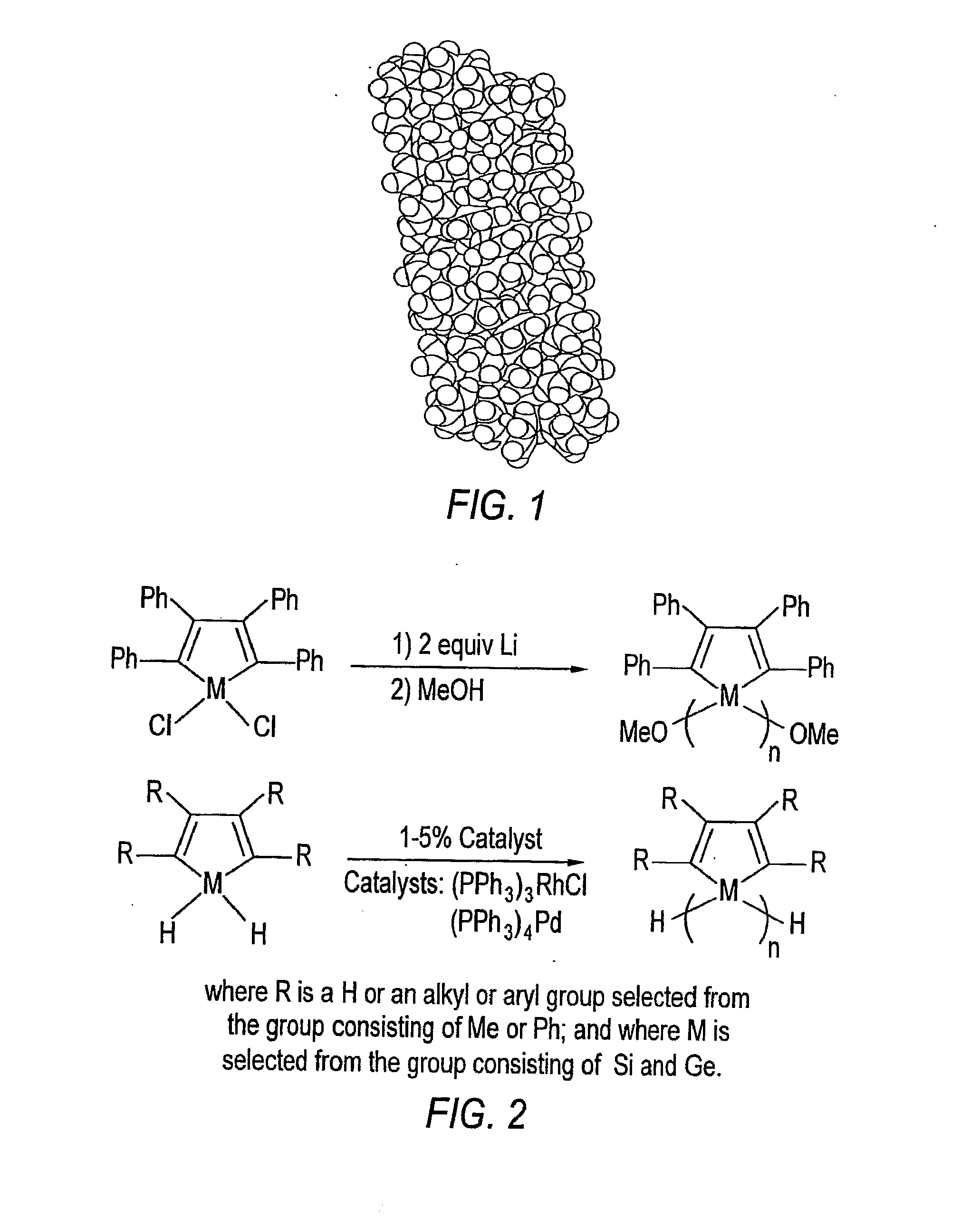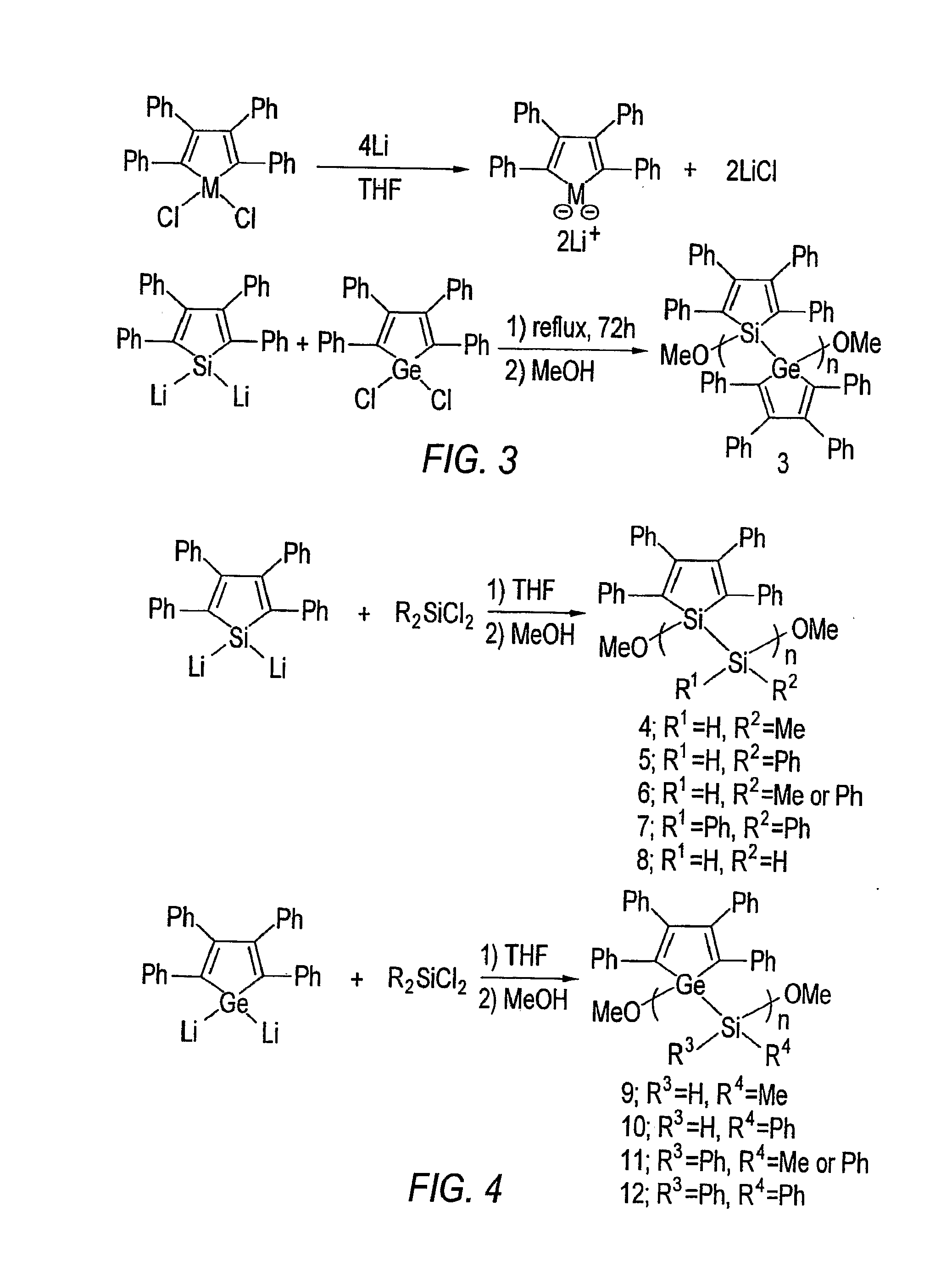Detection of nitro- and nitrate-containing compounds
a technology of nitro and nitrate, which is applied in the field of analyte detection, can solve the problems of high cost, difficult to maintain in many desired applications, and high cost of training dogs, and achieves the effects of not easy to adapt to a small, low-power package, and high detection efficiency
- Summary
- Abstract
- Description
- Claims
- Application Information
AI Technical Summary
Benefits of technology
Problems solved by technology
Method used
Image
Examples
Embodiment Construction
[0034]While efficient explosives detection has always been a predominating concern, there exists a renewed urgency for development of rapid and highly sensitive detection of organic, nitrogen-based explosives, including nitroaromatic-based, nitramine-based, and nitrate ester-based explosives. In addition to detecting TNT, for example, detection of the nitrogen-based plastic explosives compounds associated with improvised explosives devices (IEDs), such as RDX (Cyclotrimethylenetrinitramine) and PETN (Pentaerythritol Tetranitrate) and military explosive compositions containing these explosives, such as C4, has life-saving implications in a vast array of applications, such as, military, and civilian homeland security purposes.
[0035]Accordingly, while previous work has provided methods and sensors useful for detecting trace quantities of nitroaromatic compounds, embodiments of the present invention are especially advantageous in providing methods and sensors for detecting trace quantit...
PUM
| Property | Measurement | Unit |
|---|---|---|
| concentrations | aaaaa | aaaaa |
| concentrations | aaaaa | aaaaa |
| volumetric flow rate | aaaaa | aaaaa |
Abstract
Description
Claims
Application Information
 Login to View More
Login to View More - R&D
- Intellectual Property
- Life Sciences
- Materials
- Tech Scout
- Unparalleled Data Quality
- Higher Quality Content
- 60% Fewer Hallucinations
Browse by: Latest US Patents, China's latest patents, Technical Efficacy Thesaurus, Application Domain, Technology Topic, Popular Technical Reports.
© 2025 PatSnap. All rights reserved.Legal|Privacy policy|Modern Slavery Act Transparency Statement|Sitemap|About US| Contact US: help@patsnap.com



